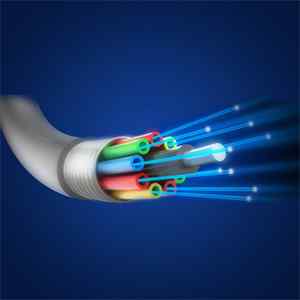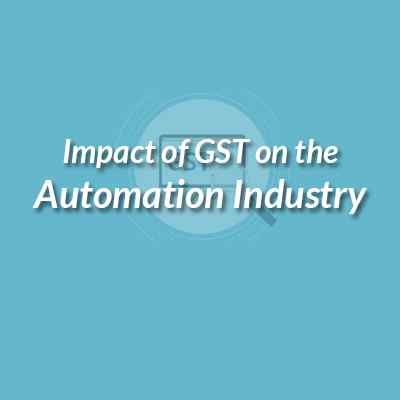Articles
Things to know before buying conveyor belt
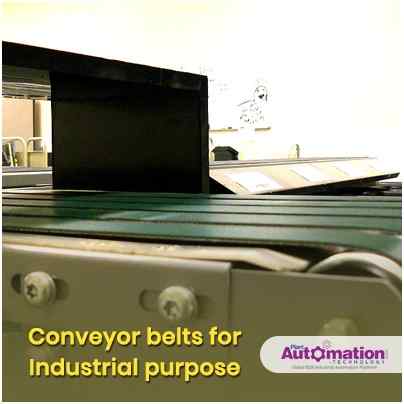
The dynamic needs of 4.0 industrial set up, has forced the manufactures to come up with belt conveyor systems market which is expected to grow at a CAGR of roughly 3.5% over the next ten years, and would reach US $ 7,563.9 million in 2028 from US $ 5,370.8 million in 2018, according to new Market.us (Prudour Research) study.
The demand for conveyor belt is determined by the advancement of infrastructural activities and macroeconomic factors such as GDP growth. The latest trend which has been grabbing the attention of users of industrial conveyors, is the eco friendly conveyor belt. The features eco friendly conveyor belt includes, self cleaning properties, which tends reduce the costs involved in the production and also the wastage.
| Also Read: A Comprehensive Guide to Choosing Conveyor Belt Materials for Industrial Automation |
The statistics of the report also stated, among all the industrial conveyors, medium weight conveyor belt is the most popular product type, due to its compatible structure. If you are looking forward to have the best of all the belt conveyor systems in the market, the below mentioned points will help you in making the right choice:
1. Dimensions

Two important things which a buyer should look at while buying a conveyor belt, is the length and width of the belt. Taking care of the accurate dimensions of the belt, not only ensures the best belt selection, but also enables the belting representative to rule out belt constructions.
2. Product specifications
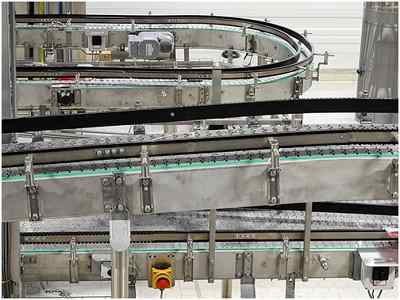
Specifications like weight and size of conveyor belts form an important aspect, as these factors determines the smooth production in a unit. The weight of your conveyor belt should be in sync with that, of the product weight, as heavy materials can bend or wrap the belt. On the other hand, the products manufactured in the unit should fit comfortably on the platform of conveyor belt. If this is not taken care of, the product which is being conveyed can get entangled into the belt, leading to technical glitch.
3. Decline/Incline requirements
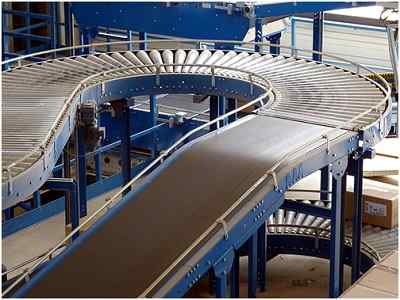
Keep in mind, the movement of conveyor in your organizational unit, to choose the best applications. For example, if the belt moves in an upward or downward direction, there is a chance that, the product sitting on the belt would trip and fall down. Hence, for such kind of set ups, conveyor belts should have stoppers.
4. Production rate
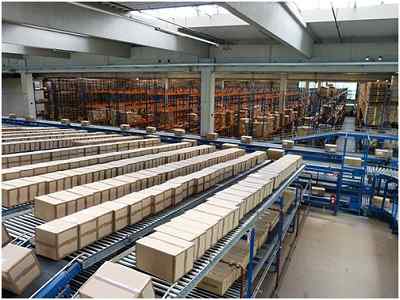
The proper understanding of production rate of your industrial unit will help you, in determining the suitable conveyor for your industrial set up. This understanding will help you in picking up the best conveyor with appropriate speed, to meet the needs of production rate of your industrial set up.
5. Product material

Before you make a choice for conveyor belt for your industrial set up, be sure of the fact, the components used in the manufacture of the same, is readily available in the market. This will ensure timely replacement of parts of the conveyor belts on time in case of damage.
6. Environmental conditions

Examine the environmental conditions of your industrial set up, before you make choices for buying conveyor belts. Some of the materials used for in manufacturing the conveyor belts may not be able to withstand extreme hot and cold temperatures. And also the materials transported on those belts should be compatible with the belt material.
In short the, proper research and understanding of an industrial set up play catalytic role determining, the best type of conveyor belt for an industrial project. This can be done, either by referring online conveyor belt buying guide, which offers vast range of information on conveyor belts or one can have an expert hired to get this work done.
However, referring conveyor belt buying guide has turned out to be the most popular means of getting the best conveyor belts for industrial use. This is because, it enlightens the buyers on the functioning of conveyor belts and help them in making right choices for buying the belts without investing much into it.





